Donna Hicks
- Best-Selling Author & Creator of the “Dignity Model”
In Person-Fee 🛈
$15,000 - $20,000
Virtual Fee:
$10,000 - $15,000
Travels From
District of Columbia
Donna Hicks Speaker Biography
Dr. Donna Hicks, author of the best-selling book Dignity: Its Essential Role in Resolving Conflict, has gained worldwide recognition for her unique approach to transforming conflict by shedding light on our universal desire to be treated with dignity. Dr. Hicks has 25 years of experience as a facilitator of international conflicts in the Middle East, Sri Lanka, Colombia, Cuba, Northern Ireland and the United States. Her unique focus on dignity and the essential role it plays in resolving conflict has transformed work environments for the world’s most prominent companies, non-profits and governmental agencies.
As a co-host with Archbishop Desmond Tutu on the BBC show Facing the Truth, Dr. Hicks was a key member of a three-part television series which brought victims and perpetrators of the Northern Ireland conflict together to find resolution. She is an associate at the Weatherhead Center for International Affairs at Harvard University and has educated the nation’s brightest minds at Harvard, Clark and Columbia Universities. In 2013, she spoke main stage for the TEDx Stormont conference, themed “Imagine,” on the topic of dignity.
Dr. Hicks’ best-selling book Dignity, published by Yale University Press and with a foreword by Archbishop Desmond Tutu, was the New England Book Festival’s 2011 runner-up for best non-fiction title, and subsequently released in paperback in 2013. Dr. Hicks, and Dignity, has been featured prominently throughout the media, appearing on Fox News, Psychology Today, NPR, Newsday and radio stations across the country.
Dr. Hicks is a dynamic and thought-provoking speaker who brings her unmatched insights on dignity and conflict resolution to each of her award-winning presentations. She has applied the Dignity Model to international conflicts, the corporate world, schools and universities, faith communities as well as the healthcare community. With past clients such as the World Bank, United Nations, US Navy and the government of Colombia, her powerful ideas on human interaction enable organizations to build a culture of dignity, heal highly-charged emotional wounds and thrive in today’s global marketplace.
Dignity: The Role it Plays in Our Lives & Relationships
What is the motivating force behind all human interaction – in families, in communities, schools, in the business world, and in relationships from the personal level to the international level? DIGNITY. It is the desire to be treated well. It is an unspoken human yearning that is at the heart of all conflicts. When dignity is violated, the response is likely to involve aggression, even violence, hatred, and vengeance; the human connection is the first thing to go. On the other hand, when people treat each other with dignity, they feel their worth is recognized, creating lasting and meaningful relationships. Surprisingly, most people have little understanding of dignity, yet it is our highest common denominator. While a desire for dignity is universal, knowing how to honor it in ourselves and others is not—it needs to be learned. The talk will present a definition of dignity—what it is and what it is not; the basic elements of dignity; and how to put it into practice in everyday life.
Dignity Matters: The Key to Healthy Human Relationships
When relationships break down, inevitably there are underlying violations to people’s dignity at the core of the problem. Observing the dynamics of failed relationships for over 25 years, Dr. Hicks has made explicit this universal root cause of relationship failure. We all want to be seen, heard, listened to and understood. When the relationship fails to provide these essential elements of dignity, it is likely to break down. This talk highlights the ten essential elements of dignity—the building blocks of a healthy relationship, along with the ten temptations to violate dignity. The skills and tools offered in this presentation can be used in the family, the workplace, in the community and all aspects of our public and private lives.
Creating a Culture of DignityOne of the great challenges in an organization is keeping people engaged and productive. Research has shown that people who feel valued are more likely to give their discretionary energy to the company and are more loyal than those who do not. This presentation addresses two aspects of creating a culture of dignity: the interpersonal (knowing how to honor the dignity of employees) and systemic (developing system-wide policy that is mindful of the necessity of treating people as if they matter). Knowing how to create an environment where people—at all levels on the hierarchy—feel safe to speak up when their dignity has been violated is a key component to the work. At the same time, knowing how to honor people and executing it on a daily basis, brings a dimension of joyfulness to an organization that not only makes people feel valued, but brings out the best in them.
Leading with Dignity
Research has shown that leaders who consistently treat people well are those who get ranked highest on the “great leaders” scale by their employees. So many leaders with whom Dr. Hicks has worked have instantly embraced the dignity model in principle, but fall short when it comes to implementing it. Many of the skills that are necessary to “lead with dignity” are counterintuitive. This presentation highlights the fundamental behaviors of dignified leadership as well as the multiple challenges that any leader will face in trying to embody it.
Dignity in the Classroom
Everyone wants to be treated with dignity, it's a universal human desire. Surprisingly, very little attention has been paid to educating our children about the importance of it in our lives and how to honor dignity in ourselves and others. With her ten elements of dignity, Dr. Hicks' model makes it clear what it looks like, on an everyday basis, to extend dignity to others and how to avoid violating one's own. While we were all born worthy of dignity, we are not born knowing how to act like it. This educational approach not only teaches people to build strong, healthy individuals and relationships, but can repair relationships that have broken under the weight of conflict. If indignity tears us apart, dignity can put us back together again.




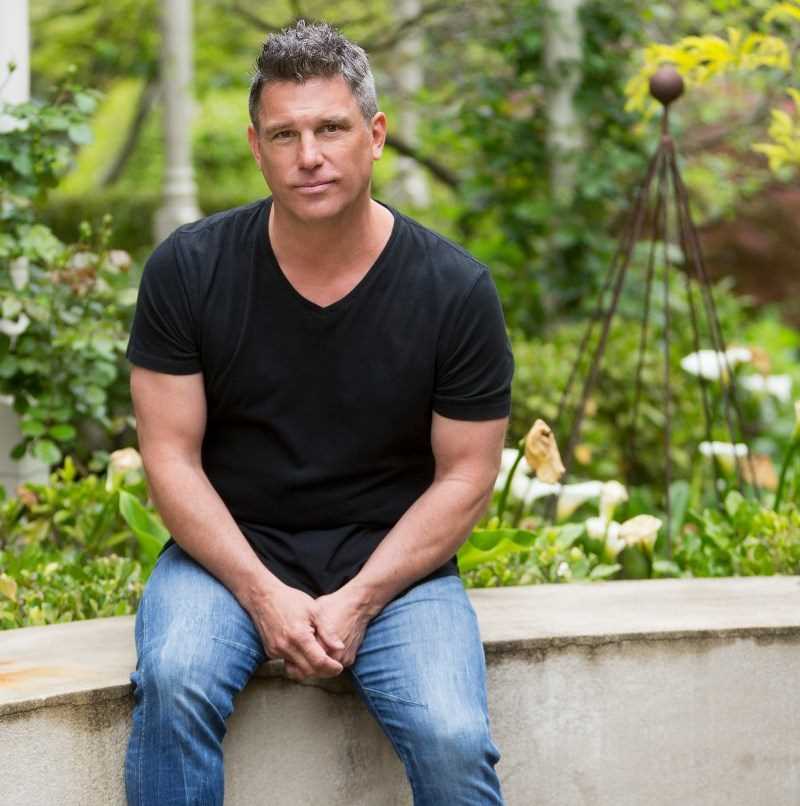
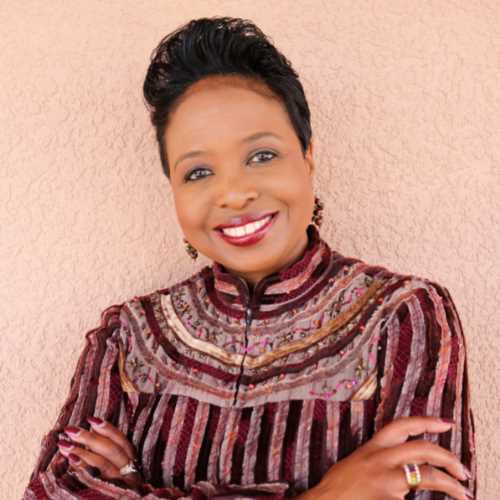

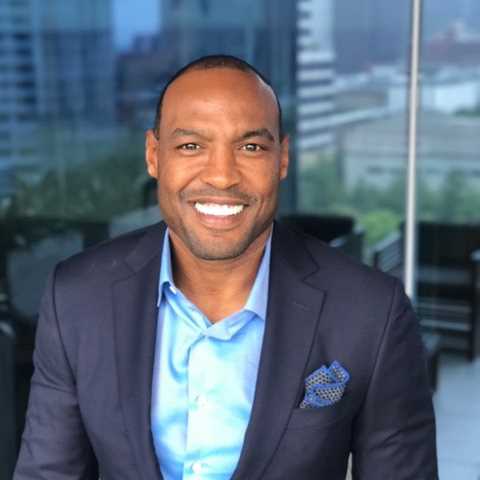
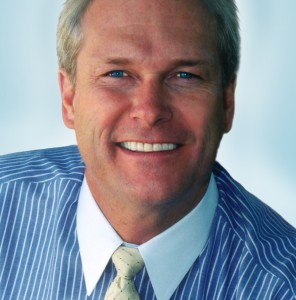


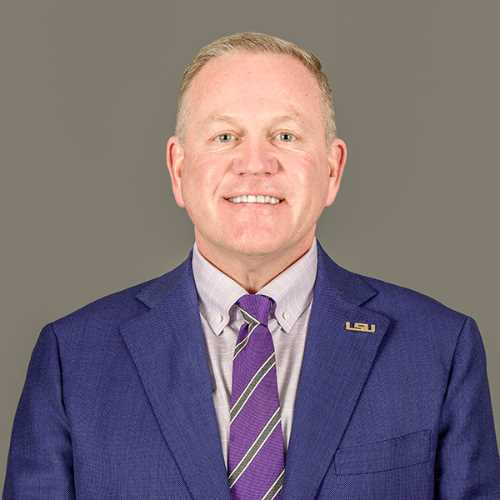









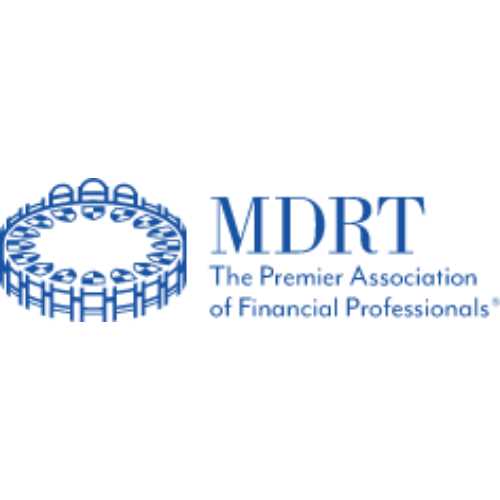



September 29, 2023
Dr. Hicks' work is at the foundation of Valley Collaborative's DEI work. The 10 Elements of Dignity, as outlined in her book Leading with Dignity, provide a framework for creating a school climate and culture that is supportive to all and enables staff and students to reach their full potential. Dr. Hicks keynote speech was inspiring and resonated with Valley's core values. Staff are still buzzing about her amazing presentation.
Valley Collaborative Helpful 0